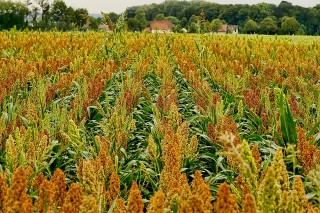Cadmium is known to pose severe risks to human health and thus is often studied by scientists. In some instances, researchers aim to decrease cadmium accumulation or improve the crops' ability to resist cadmium. Other researchers choose to study plants that can absorb cadmium in large quantities. These plants are studied for phytoremediation of cadmium in soil and water. In this study, technologies such as NMT allowed researchers to monitor the fluxes of Cd2+ in and out of live sweet sorghum, helping them to understand what makes this crop an ideal choice for phytoremediation.
Feng J, et al. Comparative transcriptome combined with morpho-physiological analyses revealed key factors for differential cadmium accumulation in two contrasting sweet sorghum genotypes, Plant Biotechnology Journal, 2018, 16(2):558-571
Experience the NMT Physiolyzer® Our most advanced NMT system yet: This highly advanced instrument is allowing scientists to discover physiological functions of live samples in innovative new ways. With customizable software, you can choose from 14 ions and molecules for your own personalized system.
The Theory of NMT Check out the principles of how NMT works.


